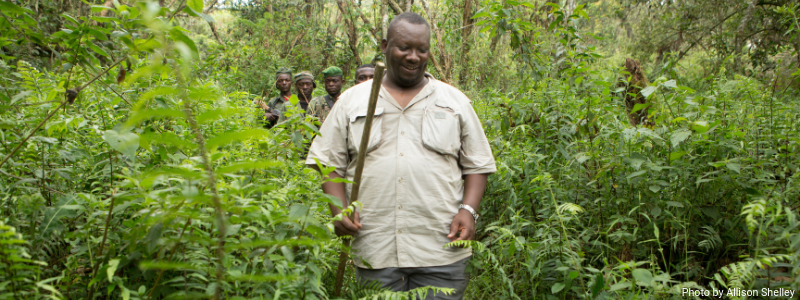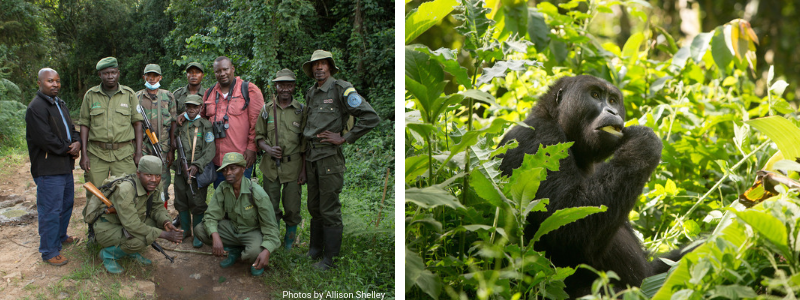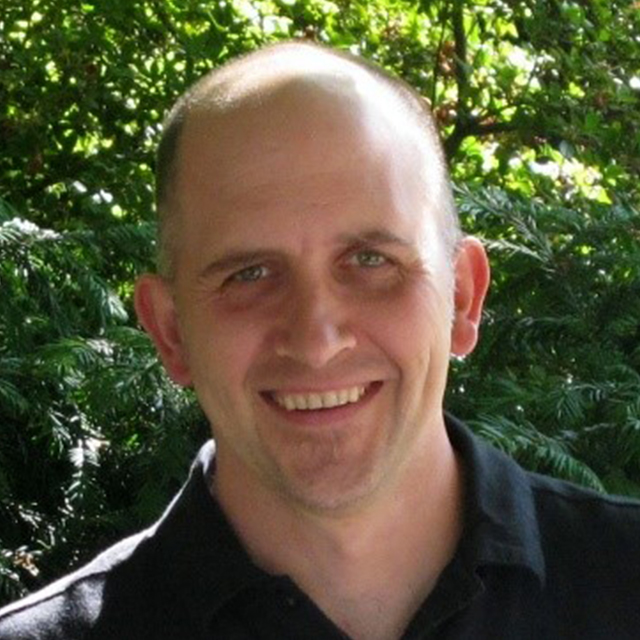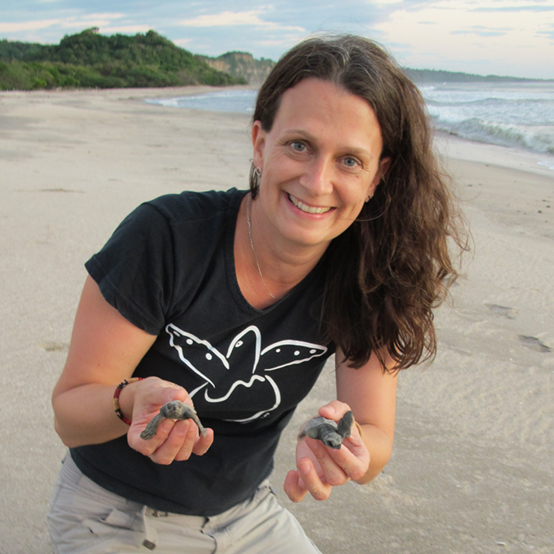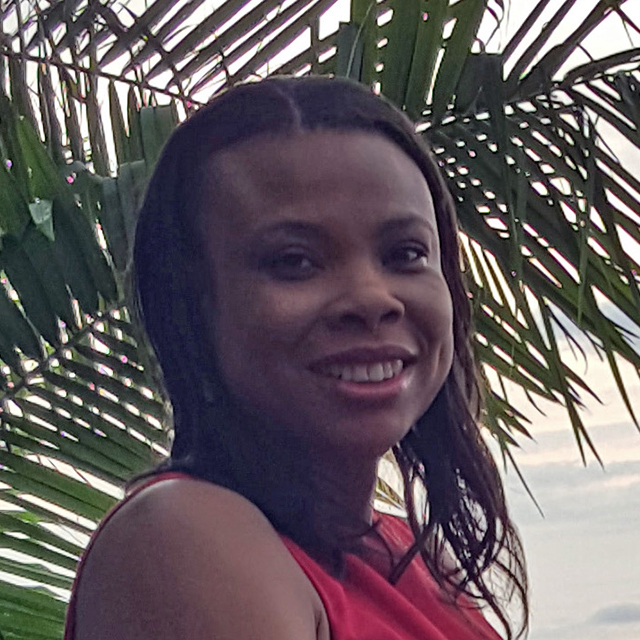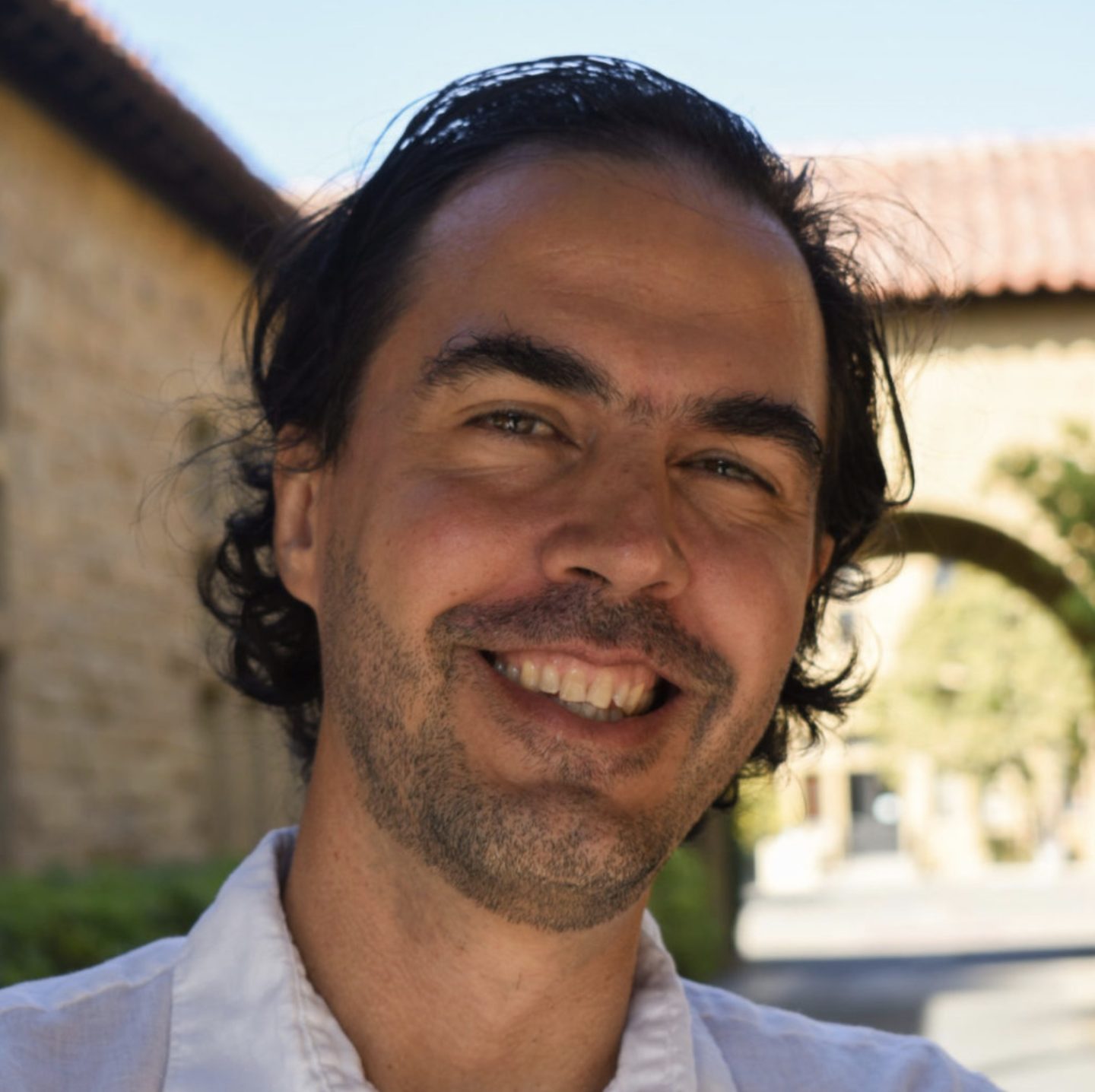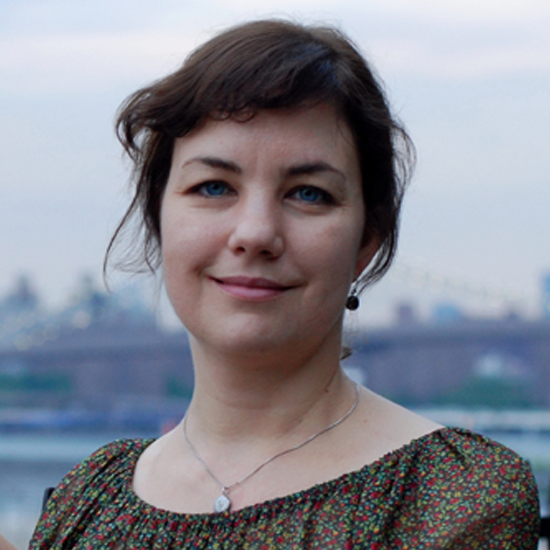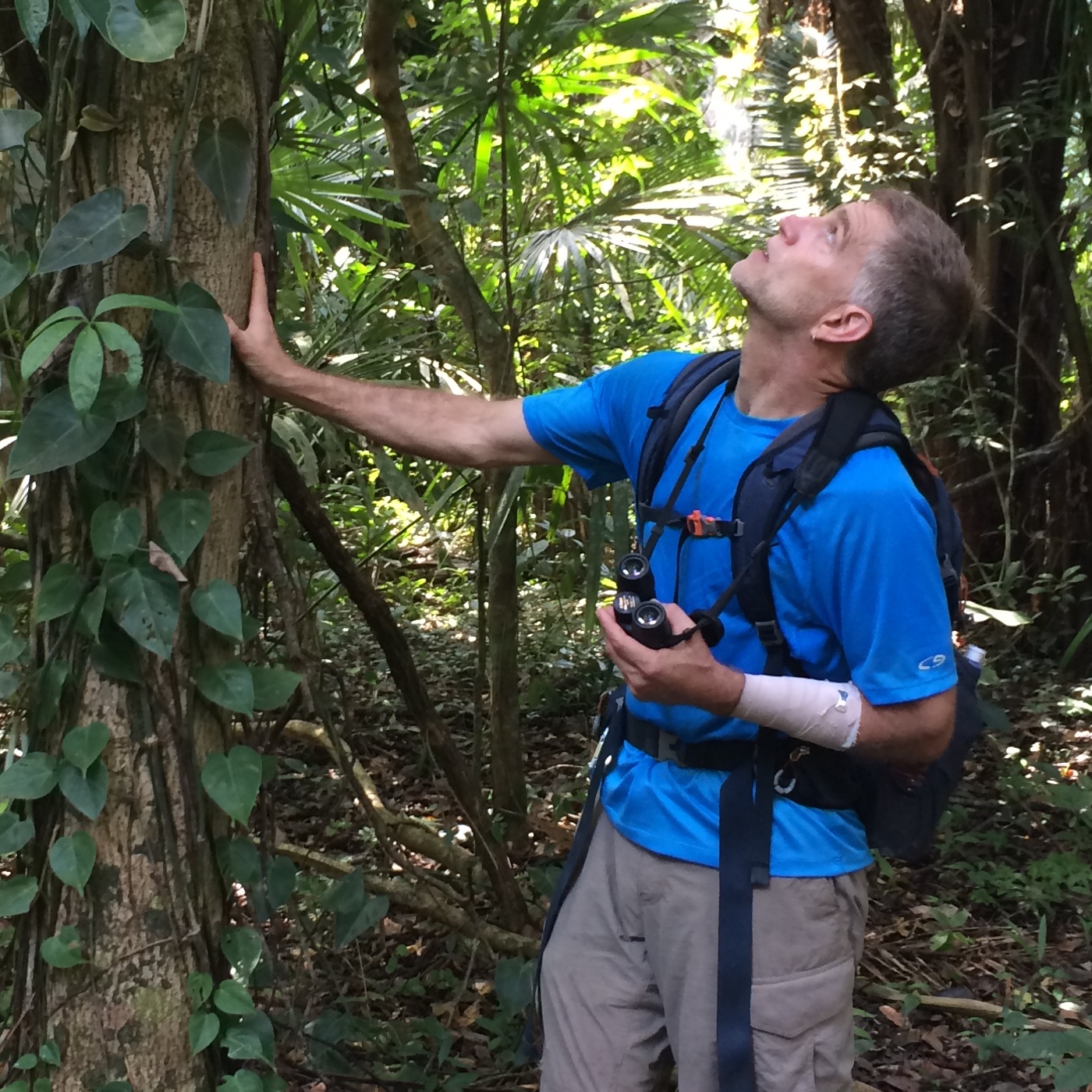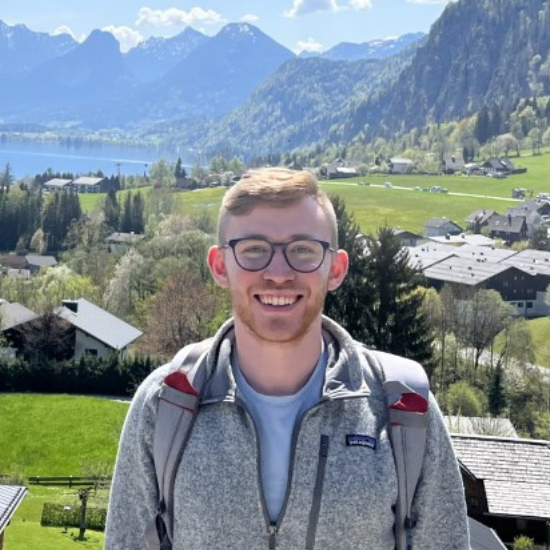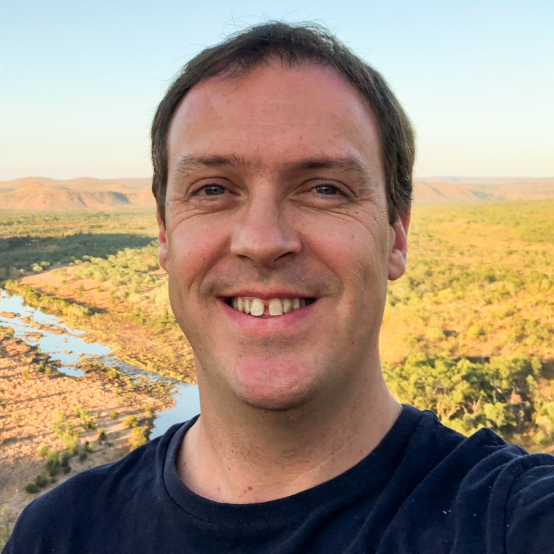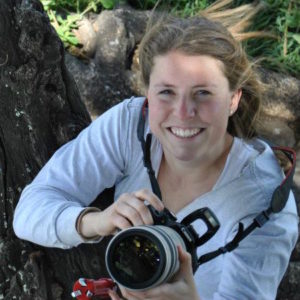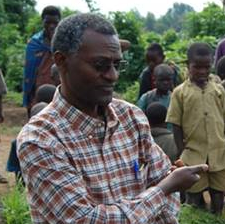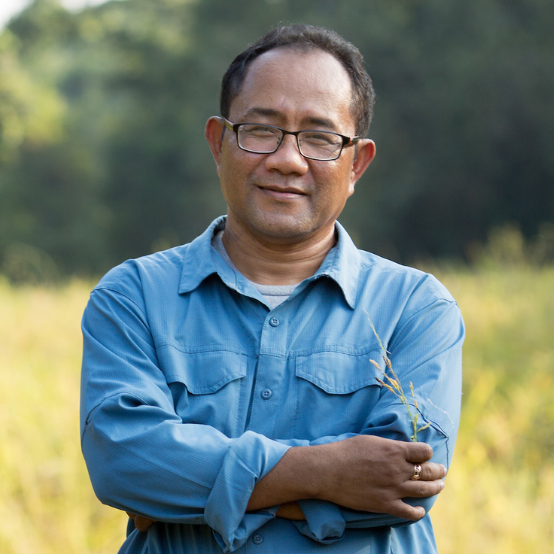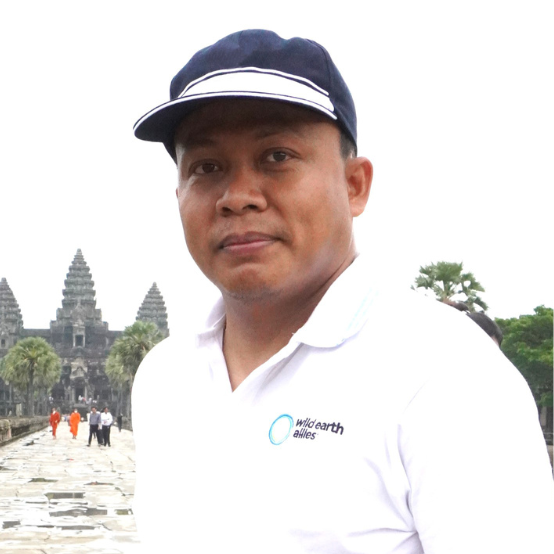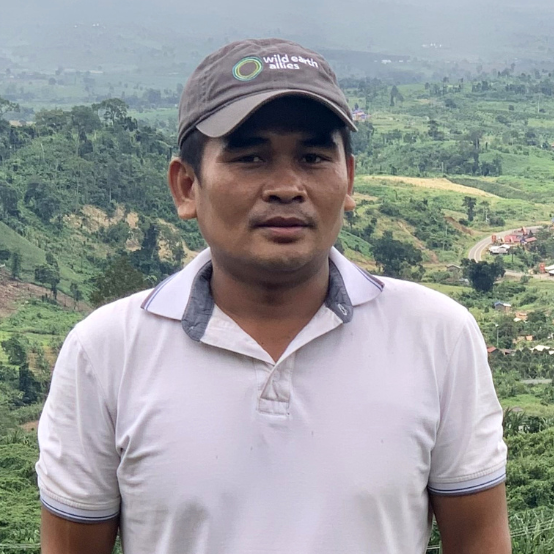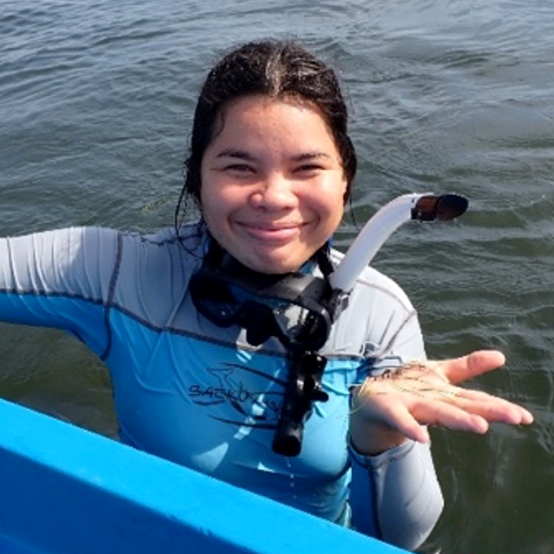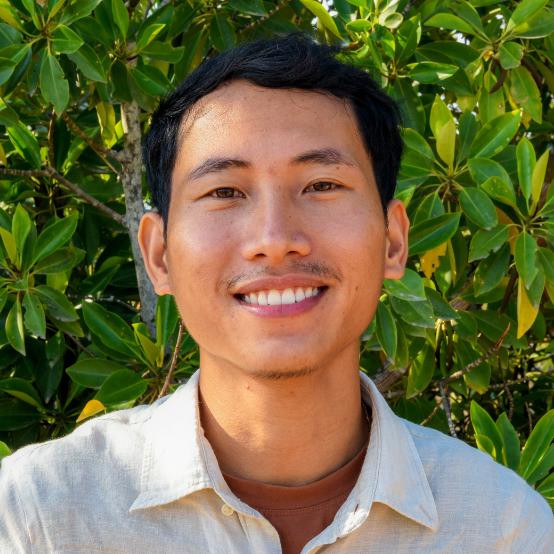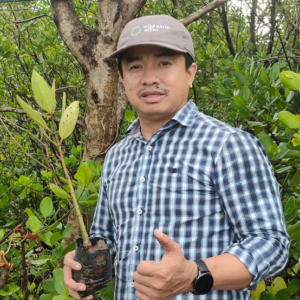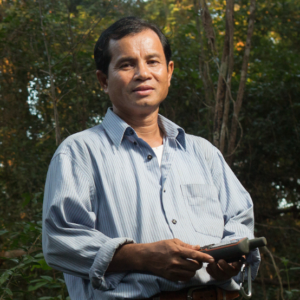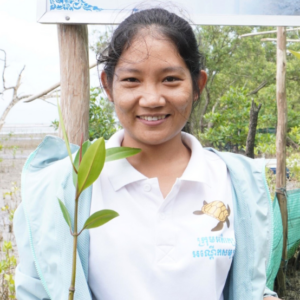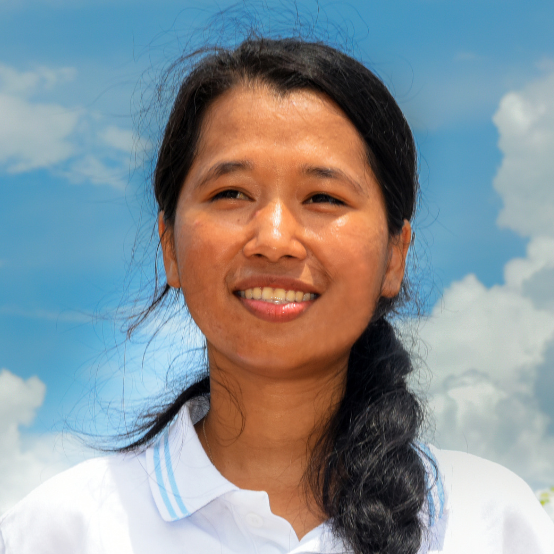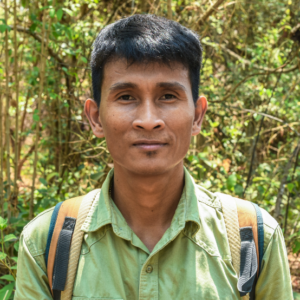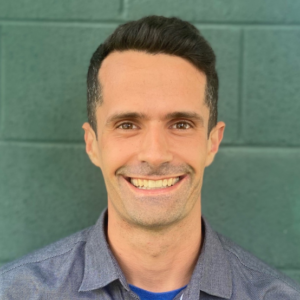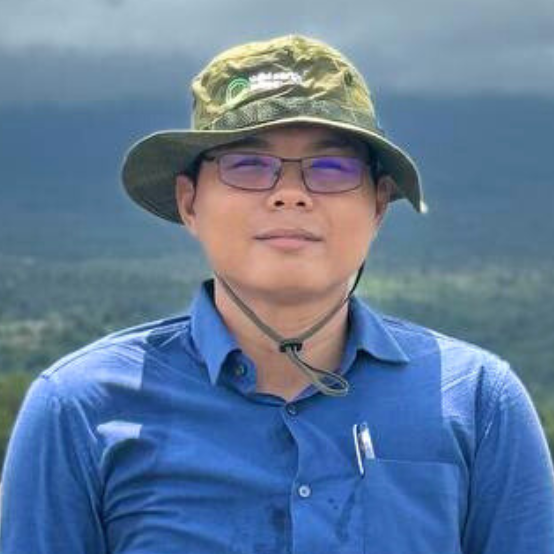Our Voices from the Field series is a behind-the-scenes look into the conservation efforts of our field teams and partners around the world. We believe protecting the planet begins with people and this series highlights talented practitioners and the work we do protecting our natural world, together.
Great ape conservation has long been a signature of ours. We are partnering with internationally-recognized primatologist and founder of the Congolese NGO Primate Expertise, Dr. Augustin K. Basabose.
Together with Primate Expertise, we are addressing two major threats to critically endangered Grauer’s gorillas in and around Kahuzi-Biega National Park, DRC—poaching and habitat loss. We are implementing ecological monitoring and research, snare removal and anti-poaching patrols, habitat restoration, and livelihood diversification to protect gorillas and improve livelihoods of people living in buffer areas outside the park.
We caught up with Dr. Basabose in person during his recent visit to the United States where he attended and delivered remarks at the National Geographic Explorers Festival in Washington DC. This Festival brings together innovative scientists, conservationists, explorers, educators, storytellers, and changemakers from around the world to share their discoveries, insights, and solutions for creating a more sustainable future.
Launching our Voices from the Field series, we spoke with Dr. Basabose about his work and efforts protecting great apes over many decades.
At left, Dr. Augustin K. Basabose, founder and executive director of Primate Expertise (PEx), center, red shirt, poses with a group of rangers and trackers in Kahuzi-Biega National Park in South Kivu, D.R. Congo. At right, a Grauer’s gorilla named Numbi, who is a part of the Chimanuka group, eats in Kahuzi-Biega National Park in South Kivu, D.R. Congo.
Name: Dr. Augustin K. Basabose
Role and Organization: Founder and Executive Director, Primate Expertise
Current City: Lwiro, Democratic Republic of the Congo
Q: How did you become interested in primatology and conservation?
I was born on Idjwi Island on Lake Kivu in eastern Democratic Republic of the Congo, on the Rwandan border. When I was 5 years old, I would spend hours sitting on my grandmother’s lap in front of a fire while she told endless stories about wildlife almost every evening before we went to sleep.
When I started primary school, my passion for wildlife grew and I developed a dream to work in the field of biology and conservation. Because of that passion, I went to Kisangani University to study wildlife conservation. My dream came true in 1994 when I was introduced to Dr. Juichi Yamagiwa, a visiting professor from Kyoto University, by a friend who worked as his car mechanic. Dr. Yamagiwa took me to see my first Grauer’s gorilla in Kahuzi-Biega National Park and I knew I had found my lifetime work. Then I traveled to Japan to begin my PhD work under the supervision of Dr. Yamagiwa on great ape ecology.
Q: How is the Democratic Republic of the Congo globally important for primates?
The Democratic Republic of the Congo (DRC) is the leading continental African country in primate biodiversity with more than 67 taxa (species and subspecies of primates). Globally, it is the fourth richest country in non-human primate species after Brazil, Madagascar, and Indonesia. Yet there are only a handful of Congolese primatologists working in the country. This is why I founded Primate Expertise to inspire a young generation of Congolese primatologists to take the leadership in research and conservation of non-human primates in collaboration with the local communities.
Q: What is the current status of Grauer’s gorilla in Kahuzi-Biega National Park?
Grauer’s gorillas are critically endangered with only 3,800 individuals estimated to remain across four broad populations in DRC. Kahuzi-Biega National Park is the largest protected area in DRC that is home to Grauer’s gorilla. Unfortunately, the park has experienced some forest degradation from human encroachment and regional conflict in past years. We have been able to halt farming practices in the park and are now working to reforest degraded habitat with seeds collected from gorilla dung. (Learn more here: Germinating Seeds for Reforestation)
While security has been an ongoing issue in the lowland sector of the park, the upland sector is secure and we are working with The Congolese Institute for the Conservation of Nature (ICCN), which is the park authority, to increase anti-poaching patrols and biodiversity surveys.
Since implementing anti-poaching patrols in 2017, we have recorded zero gorilla injuries or deaths and six new gorilla babies. Today, there are about 220 gorillas living in the upland sector of the park – and we anticipate it can support many more gorillas as it has in the past.
There are 3 gorilla groups (Chimanuka, Bonane, and Mpungwe) and one lone silverback (Mugaruka) that are habituated to tourists. Ecotourism is important for bringing resources into the park for management.
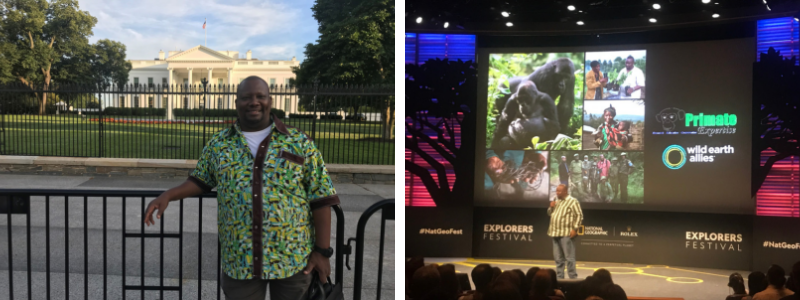 Dr. Basabose during his trip to Washington D.C. in June 2019 for the National Geographic Explorer’s Festival.
Dr. Basabose during his trip to Washington D.C. in June 2019 for the National Geographic Explorer’s Festival.
Q: Why was it significant for you to travel to Washington D.C. to attend the National Geographic Explorer’s Festival this past June to present a one-minute Lightning Talk on your work in DRC?
The Explorer’s Festival was a wonderful opportunity to engage with other experts in the field of wildlife conservation. I learned about strategies that other conservationists are using in their respective programs around the world, and I can use this knowledge and integrate it into my own work.
I was also pleased to have the opportunity to share my work with other Explorers during a one-minute “Lightning Talk”. Summarizing all the work we are doing in one minute and one slide was a great experience for me as I develop my communications skills. As part of my work in DRC, I am invited to speak to local communities and students at universities and secondary schools to inspire them to cherish gorillas and other wildlife.
Q: What’s it like being a National Geographic Explorer?
It is a great privilege to be an Explorer. National Geographic is a world-renowned organization with a global reach. Speaking on the National Geographic stage gave me a chance to shed light on the work we are doing in DRC to protect critically endangered Grauer’s gorilla with local communities.
Q: What are the biggest challenges you face in conservation efforts over the next couple of years?
The biggest challenges in conservation efforts in the next couple of years will remain both forest degradation and poaching due to high poverty around protected areas.
Q: What’s one important trend in conservation efforts, in either DRC or globally, that doesn’t get more attention?
As far as The Kahuzi-Biega National Park (KBNP) in DRC is concerned, much effort has been done in the upland sector and the gorilla population in this area is growing (up to around 220 gorillas against 130 gorillas counted a decade ago).
Today, the entire upland sector of the park is secured and the park’s rangers are operating well. In the lowland sector, the park’s management is doubling efforts to stop mining activities and fighting armed groups.
Q: What’s a fun fact that people might not know about you?
I was a bean seller (small business) before starting gorilla research. Also, I was gymnastics teacher of 12-13 years old school boys and girls after my degree in Biology (Wildlife Conservation).
To learn more about the work Wild Earth Allies is doing on behalf of the great apes, please visit www.wildearthallies.org. And please consider supporting our work. Donate today.


